(News4usonline) – Hate in America is the driving force behind extremism and violence. The numbers back up this argument. As of 2020, there were as many as 838 hate groups operating in the United States, according to the Southern Poverty Law Center.
California is the most populous state in the country. It is also the home of more hate groups than in any state in the nation. The Golden State has 72 known hate groups. With a 5.79 percentage representation, Black Americans can find themselves the target of vile racial attacks such as the firebombing episodes at a housing development in East Los Angeles.
Early this year, Carlos Hernandez was sentenced to 192 months in prison for his role in coordinating firebomb attacks in 2014 against Black families at the Ramona Gardens Housing Development.
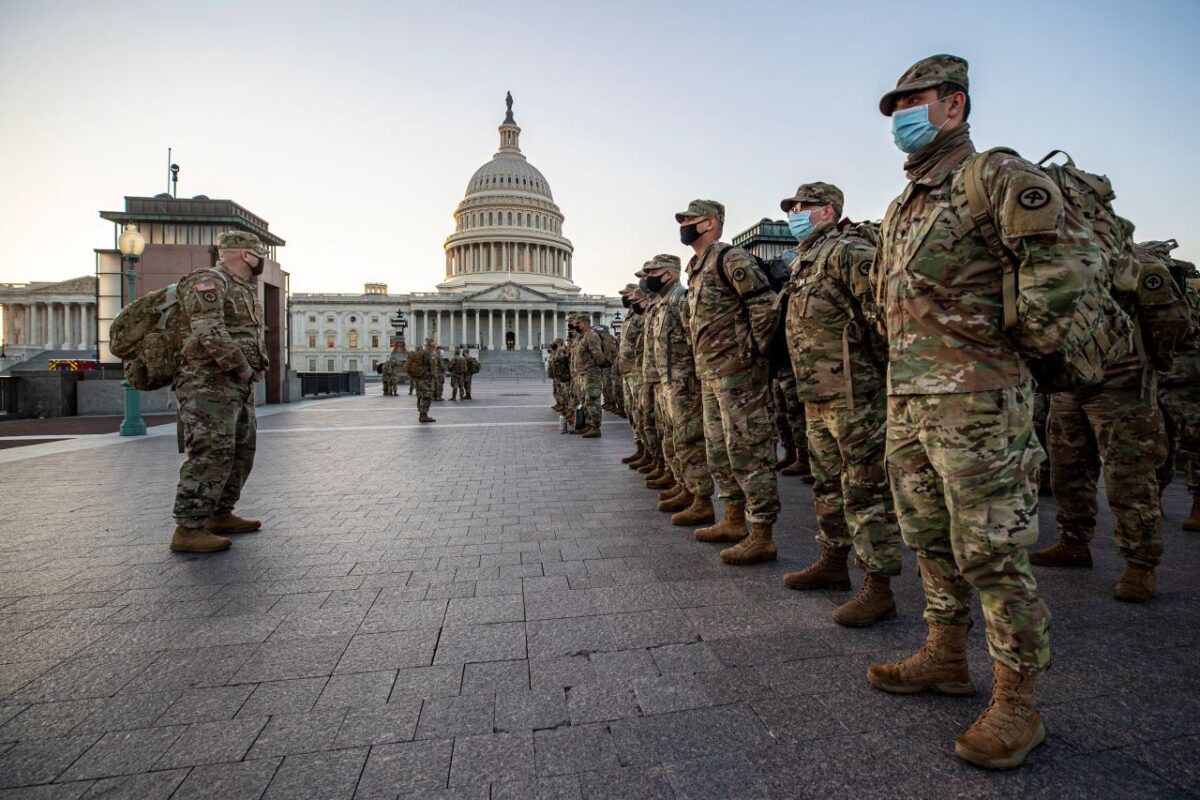
“The defendants in this case perpetrated hate crimes that targeted innocent victims in their homes simply because of their skin color,” said Acting U.S. Attorney Tracy Wilkison of the Central District of California. “These despicable acts are simply unacceptable in our society. We are committed to protecting everyone’s civil rights, and anyone who participates in this type of conduct will find that the federal government will marshal all of its resources to ensure they are brought to justice.”
Intimidation, fear, and a wicked sense of ideology of superiority are usually the attributes of these hate groups. There are, however, individuals who operate as lone wolves in seeing their hatred for Black Americans carried out into full fruition.
Let’s take for instance the Black killing spree that Gregory Bush went on as he patrolled the grounds of a Kroger grocery store in Jeffersontown, Kentucky in 2018.
Bush, who pleaded guilty to federal hate crimes in March 2021, specifically targeted Black people to kill. He was successful. Bush shot and killed Maurice Stallard and Vickie Lee Jones, and attempted to murder a third Black person. Bush was sentenced to life in prison in June for his actions.
“This was a heinous crime where innocent victims were gunned down for no other reason than the color of their skin,” ATF Special Agent in Charge R. Shawn Morrow said in a statement.
This is two forms of extreme violence with hate being perpetrated against Black people. It is not a new phenomenon. What’s different is that the general public is being made more aware of these vicious outbreaks of violence. Accountability is also becoming more transparent and prevalent as well.
That didn’t stop Lee Mouat from fracturing the jaw of a Black teenager and knocking out several of his teeth just because he had the wrong skin color. Mouat also tried to block the youngster and his friends’ access to a public beach while hurling racial epithets at the Black teenagers. He would plead guilty to a federal hate crime.
“Mouat’s hateful and violent conduct, motivated by racial intolerance, was intended to physically harm the victim as well as create fear within the African-American community,” FBI Special Agent in Charge Timothy Waters said.
Even with Covid-19 in the midst of the fabric of American society, hate crimes, especially against Black Americans, have historical context behind them. Cross burnings to lynchings to forms of police brutality and self-proclaimed vigilantism have all been forms of extreme violence perpetrated against Black people.
The pandemic has not slowed down neither the hate nor the violence that seems to follow behind it. When former Barack Obama took office in 2008, hate crimes, especially against Black Americans, went off the rails.
According to FBI statistics, just over 51 percent of all hate crimes in the country were due to race. The caveat here is that of that number, Blacks were the targets of racial hate crimes in more than 72 percent of those incidents.
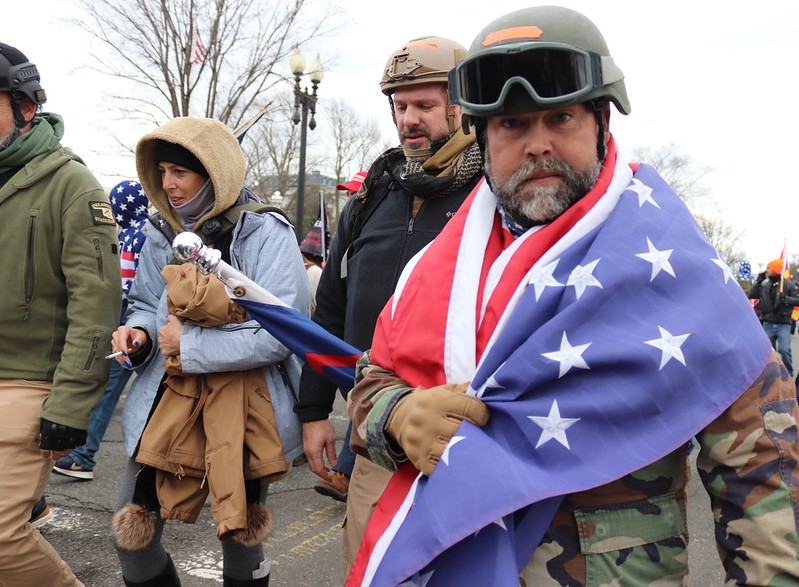
In its 2020 report, the FBI’s 2019 numbers bear witness that 55 percent of all hate crimes had something to do with race. With race as a factor, the percentage of offenses committed within these incidents was outlined at 57 percent. Interestingly, when it comes to hate crimes committed against Blacks, the statistics took a nosedive than what was reported back in 2008.
According to the FBI’s 2020 report which reported hate crime numbers from 2019, Blacks were only targeted 48 percent of the time, a drop of 34 percent. However, considering that Blacks make up just 12 percent of the entire population in this country, those numbers are still astronomical.
And alarming.
Numbers don’t always make the best selling point. Sometimes it takes intangible moments such as the stalking and killing of Ahmaud Arbery early in 2020 by three white men to put things into perspective.
A proper way of looking at the incident means the way that the 21-year-old Arbery was hunted down by Travis McMichael, Gregory McMichael, and William Bryan before being senselessly murdered, was a message of intimidation.
It was the same message that the Ku Klux Klan used to do with their church bombings of Black sanctuaries. It’s the same message that white nationalists, skinheads, and white supremacists have piggy-backed on with their own brand of extremism and violence. It’s called terror.
The Jan. 6 insurrection on the U.S. Capitol is a perfect example of white nationalists and their brothers in hate inflicting domestic terror as thousands of people put the U.S. Capitol under attack as the world watched.
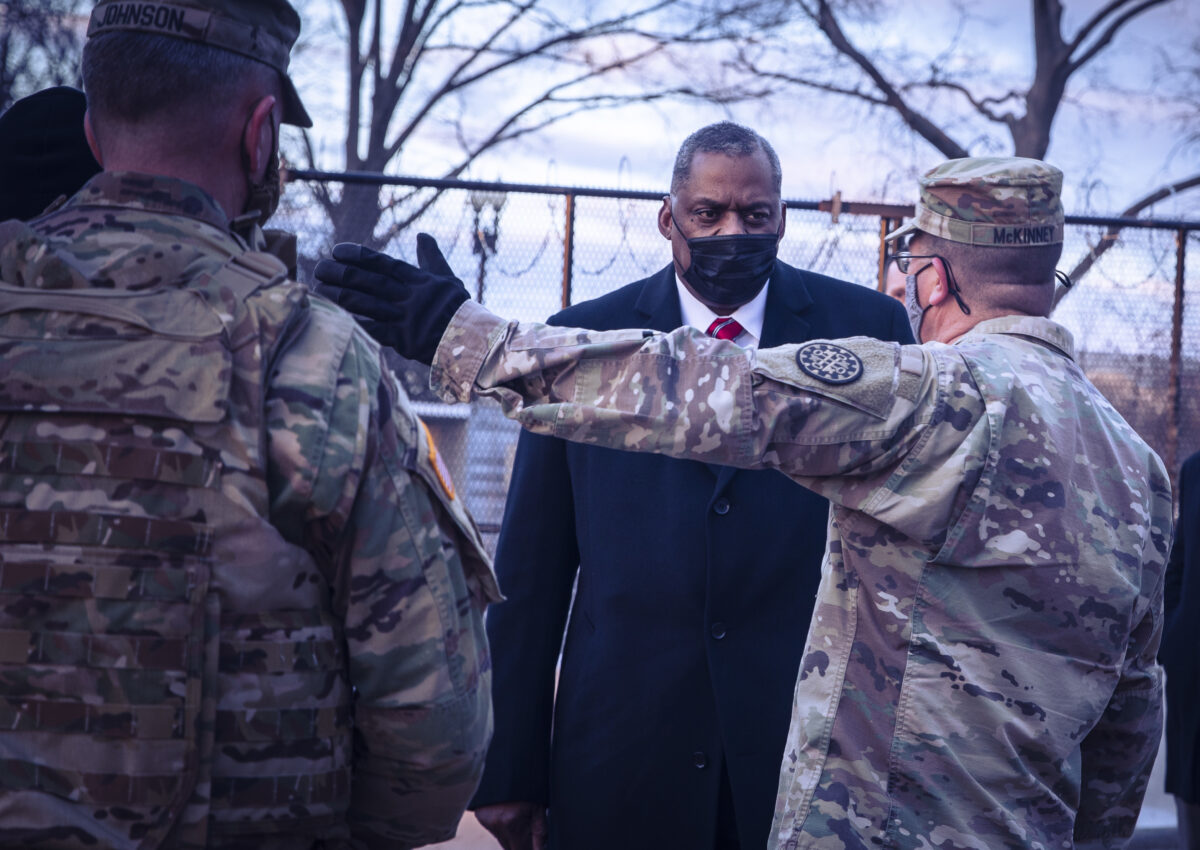
The takeover of the U.S. Capitol by white nationalists, far-right extremists, Proud Boys members, and other white hate groups, has become Exhibit 1 on how to perpetuate extremism and hate through violence. It is also an example of white privilege, said Dr. Anthony A. Samad, executive director of the Mervyn M. Dymally African American Political & Economic Institute.
“Well, first of all, I think that America put on display what Black Americans have been saying all along that there are a set of rules for white America, a set of rules for Black America,” Samad said in a phone interview shortly after the Jan. 6 attack. “What shocked everybody was the fact that there was an attack on the [U.S.] Capitol building and there weren’t any shots fired by the government except that one shot that killed that anarchist from San Diego.”
Things would have played out much differently on Jan. 6 if those trying to destroy the symbol of America were Black, he added.
“If that had been any other movement, it doesn’t even have to be Black Lives Matter,” Samad continued. “It could have been the Civil Rights Movement. It could have been Sharpton and them [National Action Network]. If they had went up them steps, we’d be talking about the massacre on Capitol Hill. It would have been no climbing the wall. They would have picked them off like fish in a barrel. The difference between the way they treated them and treated us gives rise that America’s law enforcement always had the capacity to be patient with disruptive protests. They just chose not to in the instances of Black people.”
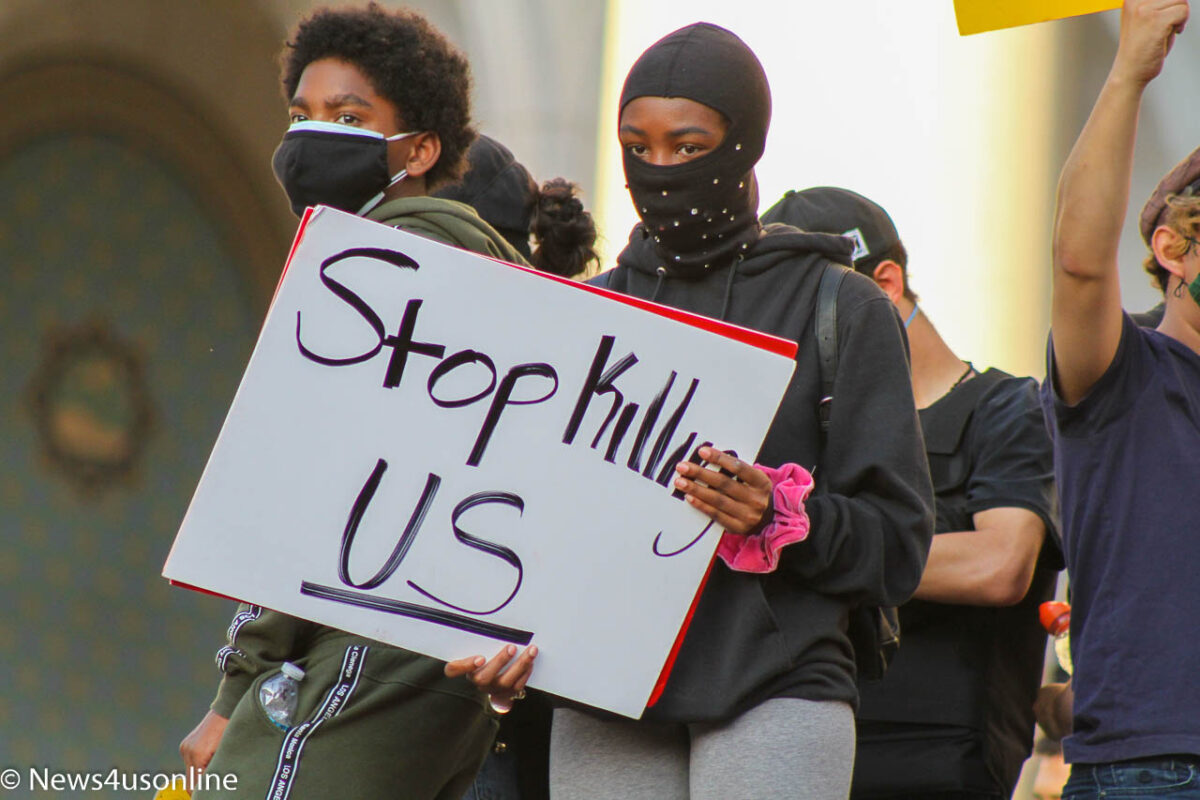
Patience, compassion and mercy are something Derek Chauvin lacked towards George Floyd. The former Minneapolis, Minnesota police officer didn’t give an inch of humanity towards the 46-year-old Floyd as he took his last breaths on May 25, 2020.
For 9 minutes and 29 seconds, Chauvin sat on Floyd’s neck, callously and arrogantly, unmoved by the Black’s plea to breathe. Floyd would lose his life. His death would come to represent more than just a case of excessive force by a police officer. Chauvin was sentenced to 22 and a half years in prison for the murder of Floyd.
This is not the end of the story. The death of Floyd, the killings of Breonna Taylor, Rayshard Brooks, were among a number of high-profile police killings in 2020. The killings of Taylor and Brooks also represent a larger societal problem that ties into possible extremism: the killings and abuse of Black folks at the hands of law enforcement.
The tie-in to domestic terror and extreme violence against Black Americans comes from a historical outtake on the men and women charged with keeping the peace. The Bloody Sunday incident in Selma, Alabama, is an excellent reminder. There are plenty of other examples from this time period.
You don’t have to go back 50 years to get a rock-solid understanding of how Blacks were and are treated by law enforcement. The face of extremism in the form of excessive force has debilitated the Black community. George Floyd’s death is a reminder of this dilemma confronting Black America.
According to Bellingcat, an investigative news data organization, there were 1,080 recorded incidents of police brutality at Black Lives Matter protests from May 26, 2020 until Sept. 6, 2020.
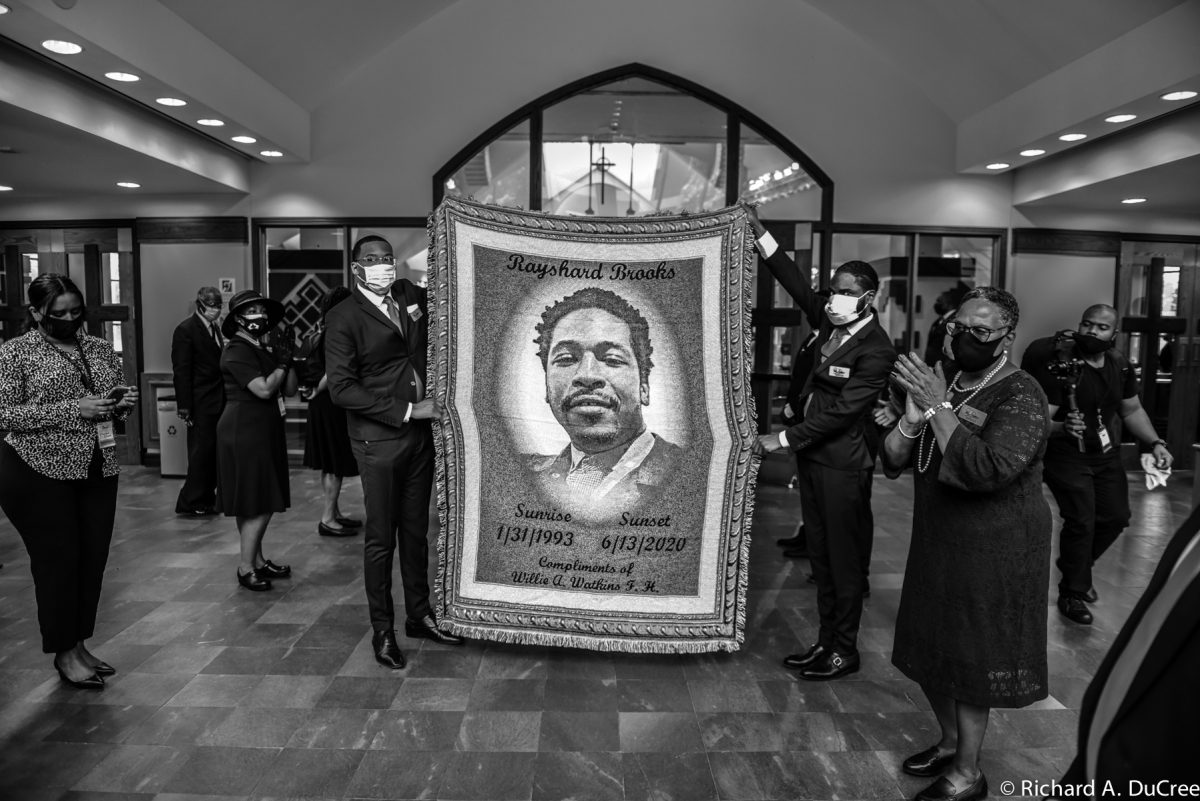
Hundreds of people have been charged with crimes relating to the siege at the U.S. Capitol, which Samad believes was nothing short of former President Donald Trump’s attempt to connect dangerous white extremists, the executive branch and law enforcement together in an effort to overthrow the government.
This white supremacist attempted coup had been in the works for a while, Samad added.
“Basically what Trump did was use the presidency as a platform for white supremacy,” Samad said. “When he talks about you’ll never get your country back, he’s telling white people that they’ll never get their country back. And white people want to act like they don’t know what he’s talking about. They want to put in place a system of white privilege and white supremacy as social control where the country was 60 or 100 years ago or at the turn of the century.”
According to Mapping Police Violence, Black people account for 28 percent of those killed by police in 2020. Blacks make up 12 percent of the general population, according to the U.S. Census. Black people are three times more likely to be killed by police than whites, the Mapping Police Violence report stated.
The callous murder of Floyd shocked everyone. It also proved to be the straw that broke the camel’s back for Black Americans. Arbery’s murder was a prelude to what was to come. The killing of Taylor, a 26-year-old Emergency Medical Technician (EMT), simmered under the radar of national media’s attention for two months.
However, it was not until the death of Floyd that Taylor’s name began to make headway on the national news circuit. The unarmed Taylor was killed by police in a pre-dawn no-knock raid on her apartment.
The Louisville City Council has since passed a bill called Breonna’s Law, which bans no-knock warrants and the city agreed to a multimillion settlement with Taylor’s family. Tamika D. Mallory, the co-founder of Until Freedom, a social justice organization, said the action by police that led to the death of Taylor sends a message that no one is immune from this type of violence.
“When you think about what happened to Breonna Taylor, anyone who’s paying attention knows it could have been anyone,” Mallory said in an August 2020 interview.
The death of Floyd didn’t represent an arbitrary moment of justice. Instead, Chauvin made a drop into the safe deposit box of domestic terrorism against Black America. What was not counted on has been the response of Black America and others to the videotaped killing of Floyd.
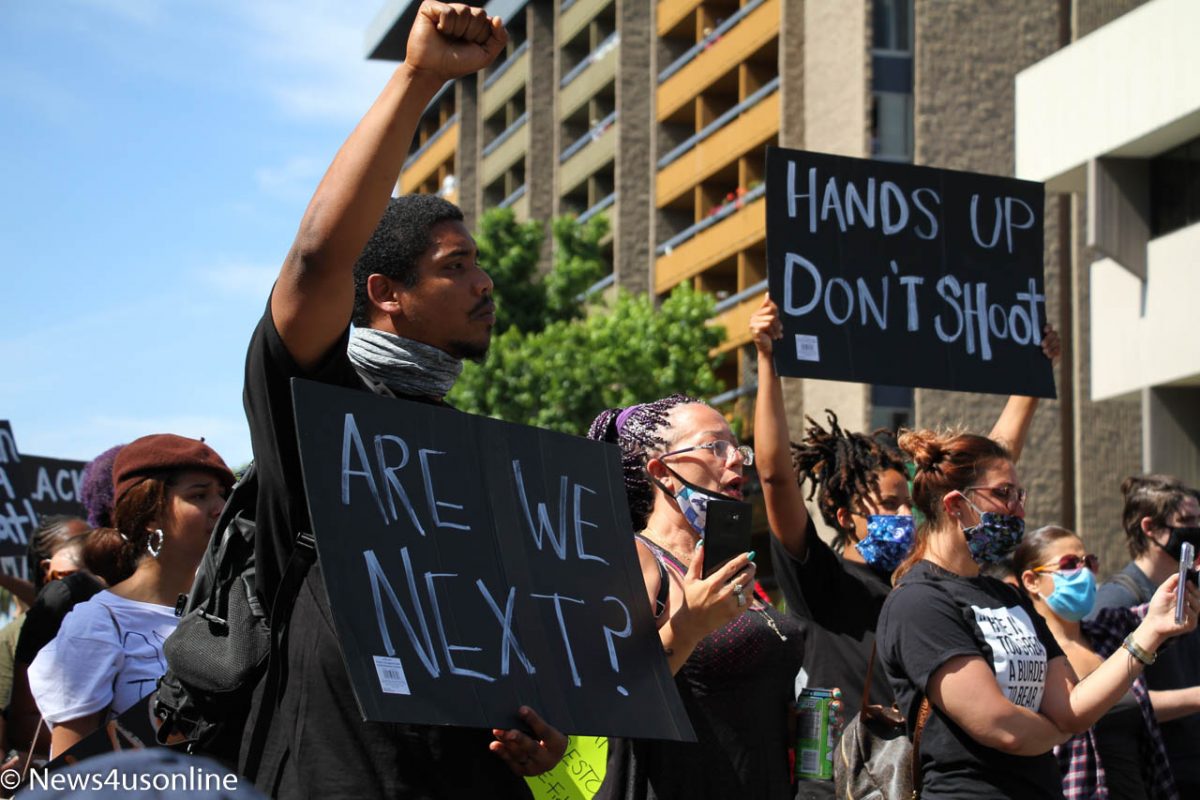
The outrage came from everywhere: Millennials. GenZers. Mothers. Fathers. Families. Clergy. Even corporate America. Millions flocked to the streets every day for several months to denounce, not only the cold assassination of Floyd but also the historical unjustified killings of Black people, period.
Los Angeles Chargers running back Justin Jackson, an outspoken advocate on the social justice platform, was one of those individuals.
“This movement, especially now, especially with Black Lives Matter, it’s not just about police brutality,” Jackson said in a 2020 interview. “It’s really a wholesale thing. We want more substantive change for our communities. Our communities have been downtrodden for way, way too long. We’ve gone through Republican presidents, Democratic presidents, Black presidents. It doesn’t matter. Our communities still seem to stay the same. There are no jobs, there are no opportunities. Education is really bad. There’s no money being put into it.”
Jackson said it’s time for the norm to be flipped.
“We want change, and I think it’s really nice to see people are calling out their local politicians,” Jackson remarked. “We’re done with photo ops and pandering and all that B.S. People aren’t falling for that anymore which I think is really awesome and important. I think the young generation has it down, we just need the older generation to come around … I think we’re going to be the change and I think you see that just throughout the country with these protests and everything, they’re all being led by young leaders. I’m really excited to see that and glad to be a part of it.”
Featured Image Caption: Black Lives Matter (Los Angeles) holds a march and rally in downtown Long Beach, California on Sunday, May 31, 2020. The protest was held to bring attention to police violence in the wake of the death of George Floyd, who died in police custody. Thousands of demonstrators showed up for the event. Photo credit: Dennis J. Freeman/News4usonline
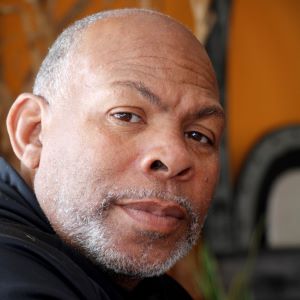
Dennis has covered and written about politics, crime, race, sports, and entertainment. Dennis currently covers the NFL, MLB, NBA, NCAA, and Olympic sports. Dennis is the editor of News4usonline.com and serves as the publisher of the Compton Bulletin newspaper. He earned a journalism degree from Howard University. Email Dennis at dfreeman@news4usonline.com
